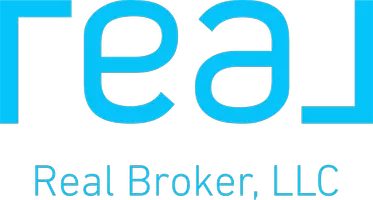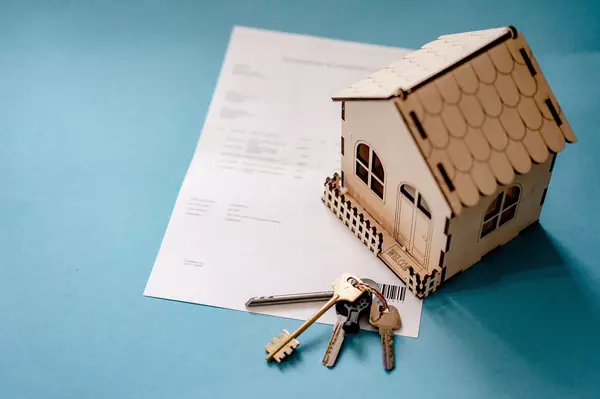The 2026 OSFI Mortgage Rule Changes: What They Mean for Second Homes & Investment Buyers in Calgary
By Aaron Santos | Real Broker | (825) 994-3619
 A Quiet Shift That Could Redefine Canadian Real Estate Financing
A Quiet Shift That Could Redefine Canadian Real Estate Financing
In January 2026, the Office of the Superintendent of Financial Institutions (OSFI) will implement its new Capital Adequacy Requirements (CAR 2026) — a major shift in how lenders treat income-producing residential real estate.
While that sounds technical, here’s the plain truth:
If you’re thinking about buying a second home or investment property, your ability to qualify for a mortgage could shrink dramatically after these rules take effect.
 The Big Change: No More “Double-Counting” Income
The Big Change: No More “Double-Counting” Income
In OSFI’s September 2025 clarification, regulators stated:
“Income used to qualify for one mortgage must be removed or corrected for when assessing a borrower’s additional properties.”
— OSFIToday, many investors use rental income from one property to help qualify for the next.
Starting in 2026, that’s over.
This change will hit small-portfolio investors, dual-property owners, and anyone planning to scale using rental income the hardest.
 Example 1: How It Works Now
Example 1: How It Works Now
Meet Sarah, a Calgary buyer:
-
Job income: $90,000/year ($7,500/month)
-
Owns her home with a $1,800 mortgage payment
-
Buys a condo that rents for $2,000/month
Her lender allows 75% of rental income ($1,500) to count toward her qualifying income:
$7,500 (salary) + $1,500 (rental) = $9,000/month
At a 44% Total Debt Service Ratio (TDSR), she qualifies for about $750,000 in mortgage financing.
Sarah now owns two properties — her home and her rental condo.
 Example 2: What Happens in 2026
Example 2: What Happens in 2026
Under the new OSFI rules, that same $1,500 in rental income can’t be reused.
When Sarah applies for a third property — say, a second rental or vacation home — her lender must remove that rental income from her qualification.
Her income for underwriting purposes goes back to $7,500/month.
At the same 44% TDSR, her borrowing capacity falls to roughly $580,000.
That’s a $170,000 drop — enough to take her out of the running for many Calgary properties.
 Why OSFI Is Making the Change
Why OSFI Is Making the Change
OSFI’s goal is to limit systemic risk and ensure lenders aren’t over-leveraging borrowers whose repayment ability depends too heavily on property income.
They’re introducing a new classification:
“Income-Producing Residential Real Estate (IPRRE)” — any property where repayment “depends materially” on cash flow from the property itself.
That means lenders must now:
-
Hold more capital against IPRRE mortgages
-
Apply stricter debt-service ratios
-
Potentially charge slightly higher rates for these loans
The result?
More risk protection for banks — but less qualifying power for investors.
 The Real-World Impact
The Real-World Impact
Here’s what this shift means for everyday buyers:
| Before Jan 2026 | After Jan 2026 |
|---|---|
| Rental income can help you qualify for multiple properties | Income used once can’t be reused again |
| Easier to grow a portfolio through leverage | Stricter debt ratios reduce borrowing power |
| Some lenders accept 50–100% of rental income | Lenders must “correct” or remove reused income |
| Lower capital requirements for lenders | Higher capital requirements → tighter lending |
| Flexible terms for investors | More paperwork, stress tests, and down payment demands |
 Timing Is Everything
Timing Is Everything
If you’re serious about buying a second home, vacation property, or rental, the next few months are crucial.
Here’s why:
-
Current rules still apply through late 2025.
-
Pre-approvals issued before 2026 often remain valid even if your purchase closes later.
-
Rates have stabilized, giving buyers a short window before both policy and pricing shift again.
Example 3: Timing Advantage
A buyer approved in November 2025 for a $750,000 property can often keep that approval if they purchase by early 2026.
Once the OSFI rules flip, that same borrower might only qualify for $580,000 — simply because the rental income rule changed.
That’s a $170,000 gap just based on timing.
 What You Should Do Right Now
What You Should Do Right Now
1. Get Pre-Approved
Lock in your qualification under the current framework. Even if you don’t buy immediately, it gives you leverage and time.
2. Review Your Income Structure
Ensure rental income is properly documented and your tax returns are clean. This helps lenders view you as lower risk.
3. Ask for a “Post-2025 Simulation”
Have your broker or mortgage advisor calculate your borrowing power under the new OSFI guidelines. The difference can be eye-opening.
4. Line Up the Right Property
If you’ve been eyeing a second home or an investment in Calgary’s growing neighborhoods, act before the rules do.
 Final Thoughts
Final Thoughts
The 2026 OSFI changes aren’t a reason to panic — but they are a reason to plan.
The investors and buyers who act early will secure their financing on today’s terms. Those who wait may find the door closing just as opportunity knocks.
If you want to understand exactly how much buying power you’ll lose — or keep — under the new rules, let’s connect.
 Text or call Aaron Santos | Real Broker
Text or call Aaron Santos | Real Broker (825) 994-3619
(825) 994-3619 realaaronsantos@gmail.com
realaaronsantos@gmail.com
Early preparation is the best hedge against tighter lending — and right now, time is your best rate.
GET MORE INFORMATION




